Results
-
 £160.00
£160.00Franarormen (Optional Piano Solo with Concert Band - Score and Parts) - Aagaard-Nilsen, Torstein
In 1911, the Australian pianist and composer (and friend of Edvard Grieg), Percy Grainger (1882-1961) went on a tour in Norway. He performed more than forty concerts over a few months. Fifty years later, in 2011, The Royal Norwegian Marine Band made a concert project called "Percy Grainger Revisited Tour". "Franarormen" is a worm or a dragon as described in norse medieval ballads. I have used four different tunes from the region Telemark were Fr?narormen is mentioned in the text. The piece is a musical reflection - not at all as drammatic as the text. It is like a picture of an old fairytale and a dwell on the sound of ancient songs. The piece can be performed without the piano part. Instructions to be found in the percussion parts. - Torstein Aagaard-Nilsen
Estimated dispatch 7-14 working days
-
 £59.00
£59.00Dreams of Flying (Concert Band - Score and Parts) - Clark, Paul
Inspired by the poem "Flight" written by a WWII fighter pilot, Dreams of Flying is a wonderful selection for concert or festival. The melodic main theme, the lyrical middle section, and the powerful and positive-sounding ending have all been crafted to give a rich and full sound without presenting the players with excessive range or rhythmic challenges. Give your band and audiences a musically uplifting experience with every performance of Dreams of Flying. Duration: 4.00
Estimated dispatch 7-14 working days
-
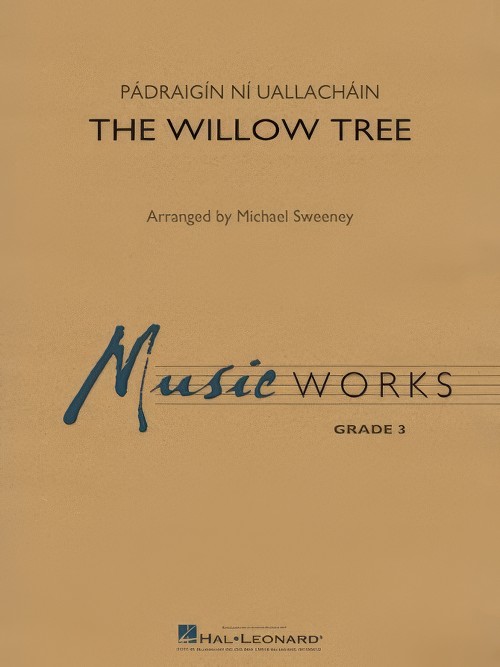 £60.99
£60.99The Willow Tree (Concert Band - Score and Parts) - Ni Uallachain, Padraigin - Sweeney, Michael
Although this haunting tune has the flavor and sentiment of a traditional Irish folk song, it was composed in 1995 by multifaceted artist P?draig?n N? Uallach?in. Her inspiration for the song was the idea that when we are happy or sad, the elements and the natural world are aligned with our feelings. From the wistful lyrics of the song; "Down by the river there's a tall willow tree, who weeps all night for you and me." This evocative setting for band follows this sentiment through peaks and valleys of sound and emotion. Duration: 3:15
Estimated dispatch 7-14 working days
-
 £59.99
£59.99Memento (Concert Band - Score and Parts) - Buckley, Robert
2nd Movement of A Tribute to Arthur DelamontFamed bandmaster Arthur Delamont always programmed a hymn in his concerts and Memento is an homage to that proud tradition. Starting with a simple and reverent solo trumpet and introducing other brass instruments one by one, the introduction has the sound of a brass band. The woodwinds join in and, with the use of rich textures and dynamic scoring, the work builds to a powerful climax and then resolves once again with the solo trumpet. Ideal for festival use, Memento will give your ensemble an opportunity to explore expression and nuance. The second movement of A Tribute to Arthur Delamont, Memento was commissioned by the West Vancouver Youth Band.Duration: 4:00
Estimated dispatch 7-14 working days
-
 £76.99
£76.99Hymn of Glory (Concert Band - Score and Parts) - Appermont, Bert
This melodic hymn begins with a lyrical melody, handled by various instrument groups. After a gradual build, a first climax is reached, in which the brass instruments give full vent to their glorious sound in jubilation. Now we hear a second theme, resounding in the euphoniums, which ushers in a moment of rest. Then the excitement gathers again, building to a great tutti. The main theme is taken up once more, sounding now as a kind of universal gratitude.Duration: 4:00
Estimated dispatch 7-14 working days
-
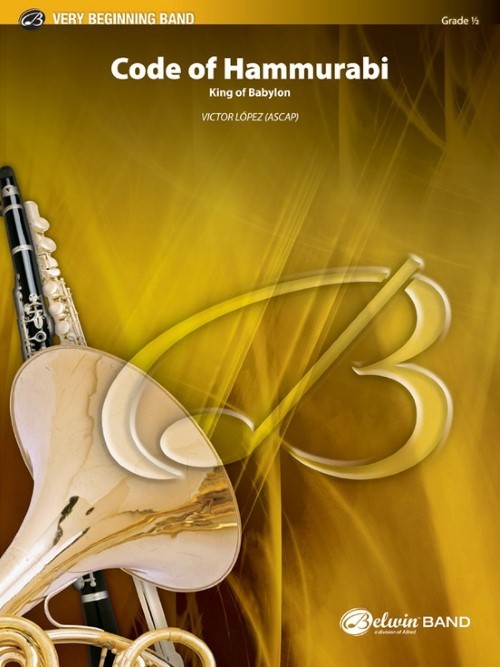 £46.95
£46.95Code of Hammurabi (King of Babylon) (Concert Band - Score and Parts) - Lopez, Victor
Inspired by the former King Hammurabi of Babylon, this work uses only the first 6 or 7 notes of most beginning band method books---without a key signature and with very few accidentals Go ahead and break the code with your students and discover the basic elements that will make your band sound amazing. Guaranteed to impress the audience!Duration: 1:45
Estimated dispatch 7-14 working days
-
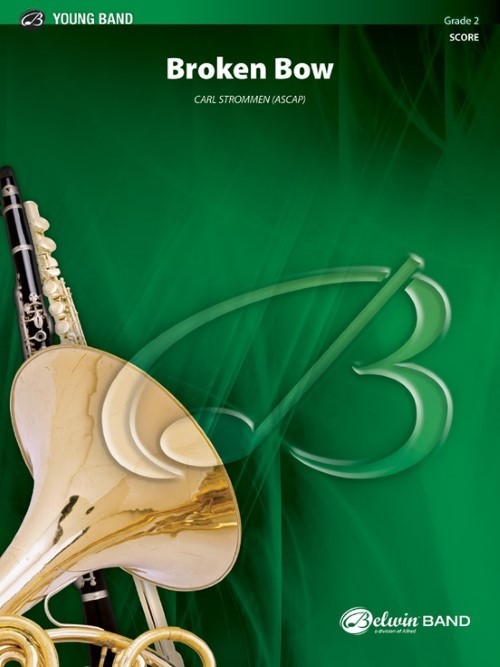 £60.50
£60.50Broken Bow (Concert Band - Score and Parts) - Strommen, Carl
The sound of the West as presented in countless film scores and concert pieces is captured in this homage to those who settled our early western frontiers. Enjoy the high energy pulse of an old fashioned 'Hoe-Down." Scored for younger players, Broken Bow will be effective in the hands of players of all ages.Duration: 2.45
Estimated dispatch 7-14 working days
-
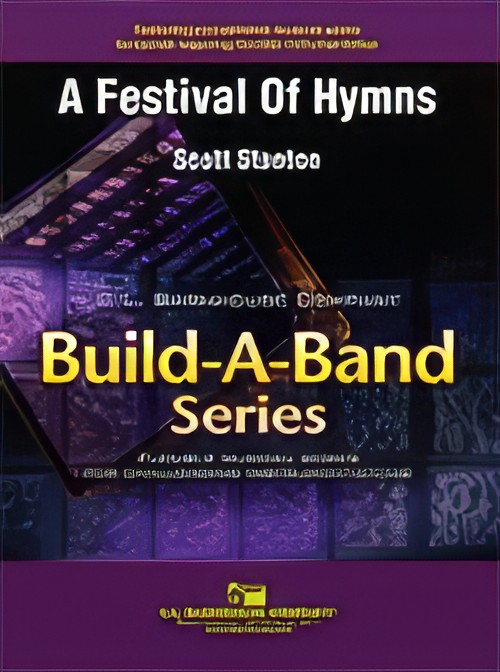 £60.00
£60.00A Festival of Hymns (Flexible Ensemble - Score and Parts) - Stanton, Scott
Scott Stanton's setting of three popular hymns, Praise To The Lord, Be Thou My Vision, and All Creatures of Our God and King is an outstanding choice for church or private school groups with limited instrumentations. From the innovative Build-A-Band Series, A Festival of Hymns is playable with almost any instrumentation as long as the four main parts are covered and optional parts for Mallets, Guitar, Keyboards, Strings, and Percussion are also included which can make the composition sound even more impressive.Duration: 3.45
Estimated dispatch 7-14 working days
-
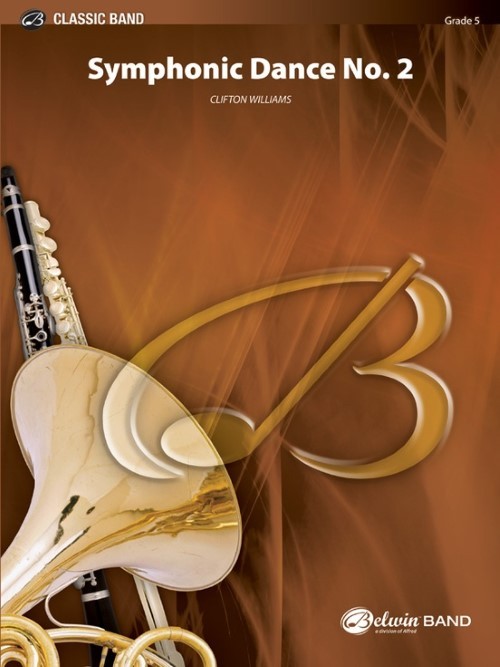 £84.50
£84.50Symphonic Dance No.2 (The Maskers) (Concert Band - Score and Parts) - Williams, Clifton
Symphonic Dance No.2 (The Maskers) is one of group of five works originally commissioned by the Minnie Stevens Piper Foundation commemorating the twenty-fifth anniversary of the San Antonio Symphony Orchestra. In refashioning the dances for symphonic band, composer Clifton Williams achieves a new dimension of sound and colour while adding fresh excitement to contemporary band literature.The Maskers is programmatic only in that the listener's imagination may conjure up visions of colourfully costumed dancers at a masked ball.Duration: 3.30
Estimated dispatch 7-14 working days
-
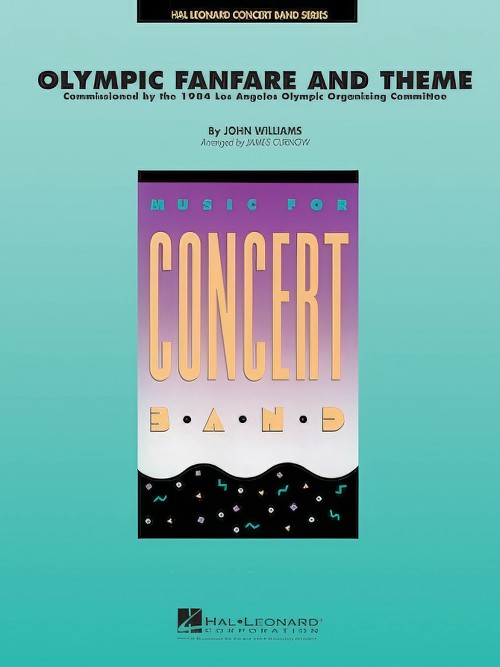 £79.99
£79.99Olympic Fanfare and Theme (Concert Band - Score and Parts) - Williams, John - Curnow, James
When the 1984 Los Angeles Olympic Committee commissioned John Williams to compose their theme, it was a stroke of genius, as it became and instant classic. This James Curnow arrangement masterfully captures the sound of this powerful work with an exhilarating excursion for the brass sections and a rewarding musical challenge for the rest of the band. Don't miss out on the Olympic excitement!
Estimated dispatch 7-14 working days
